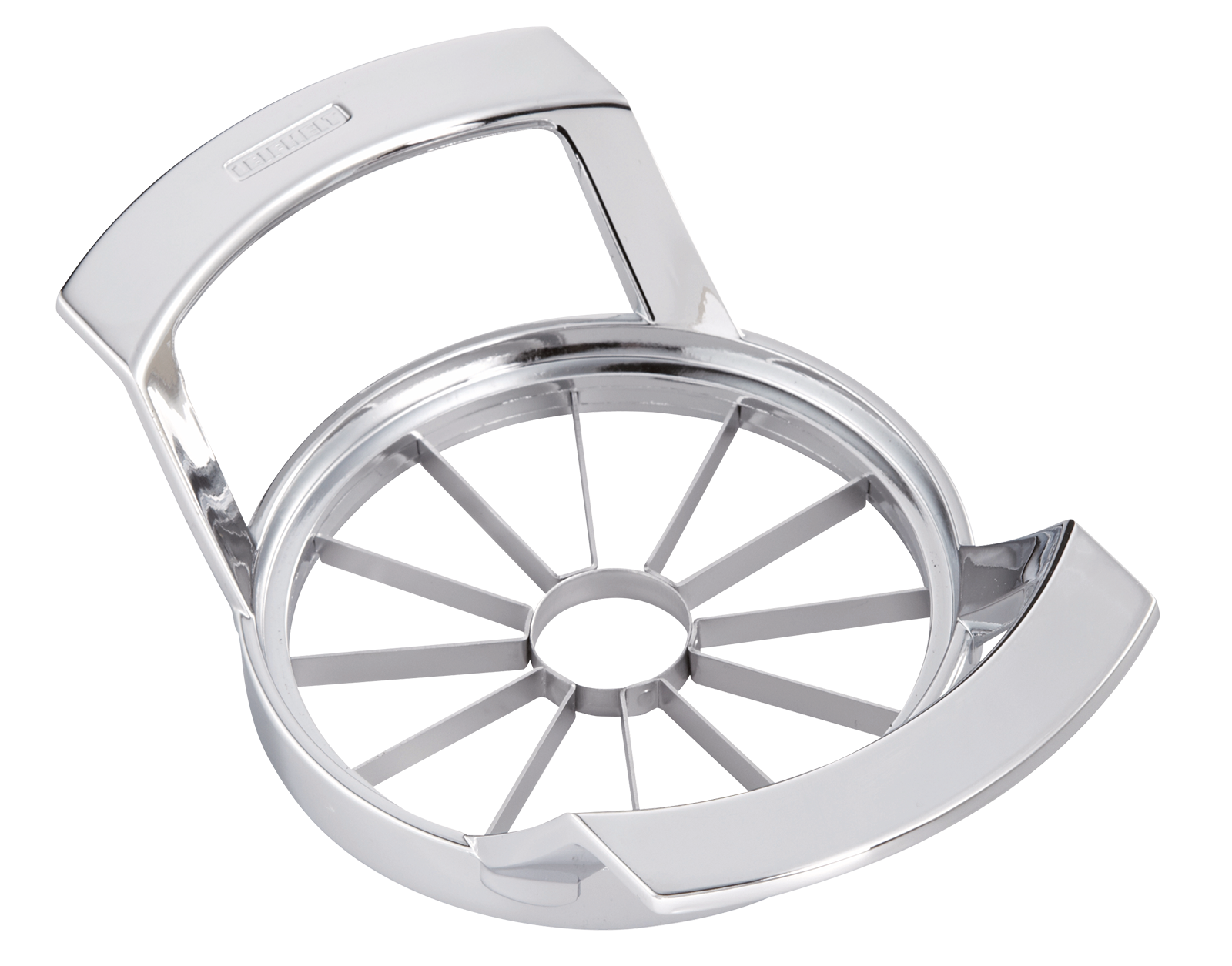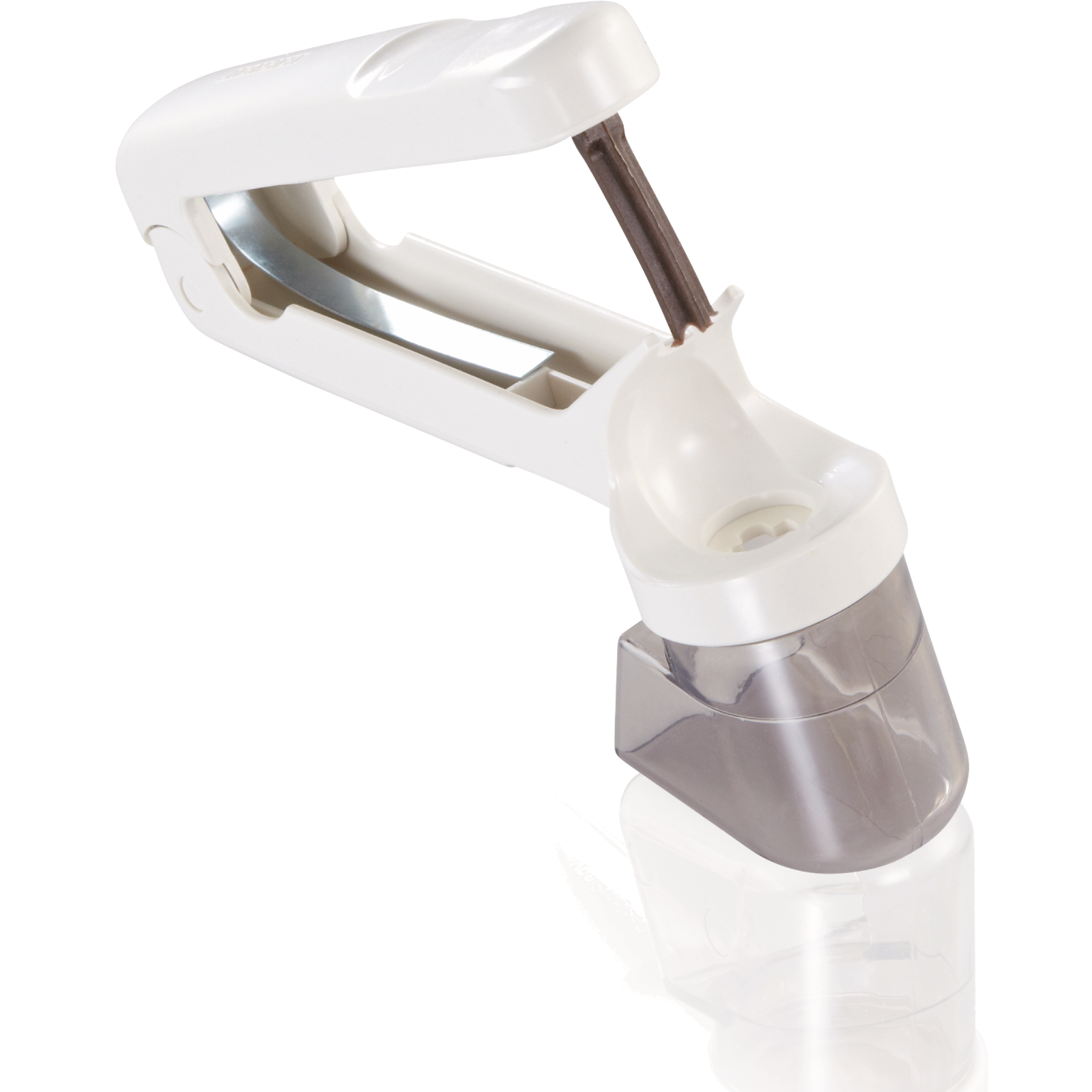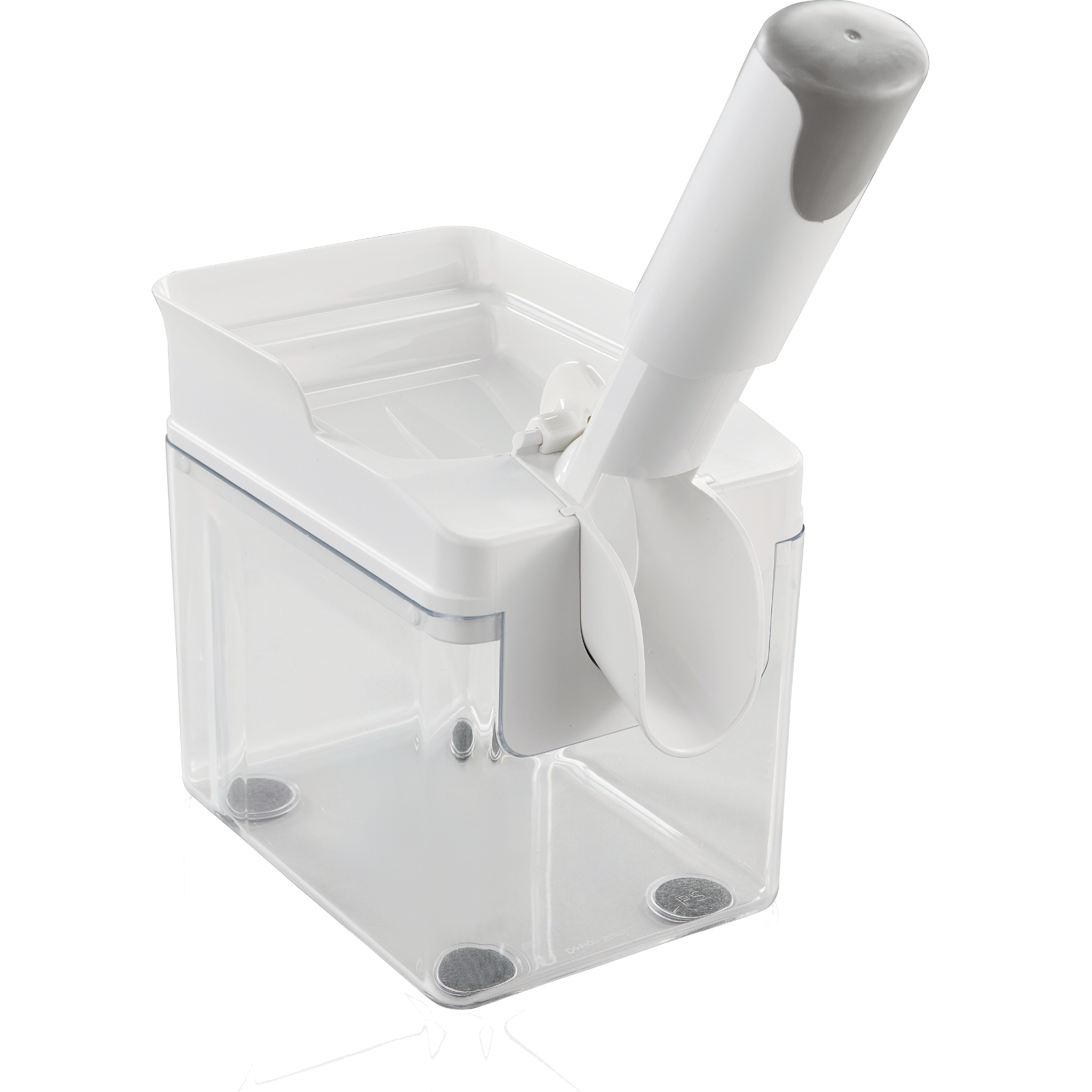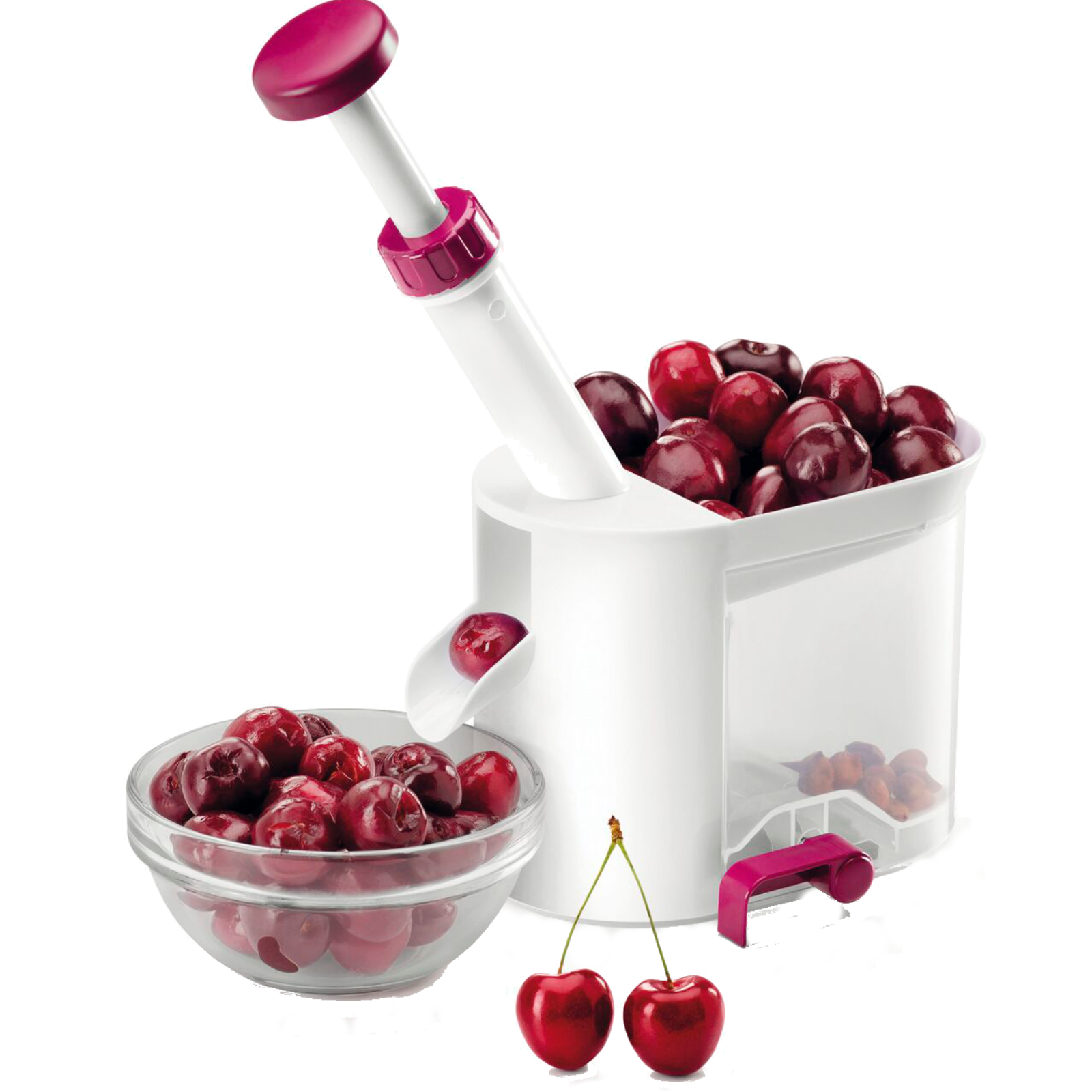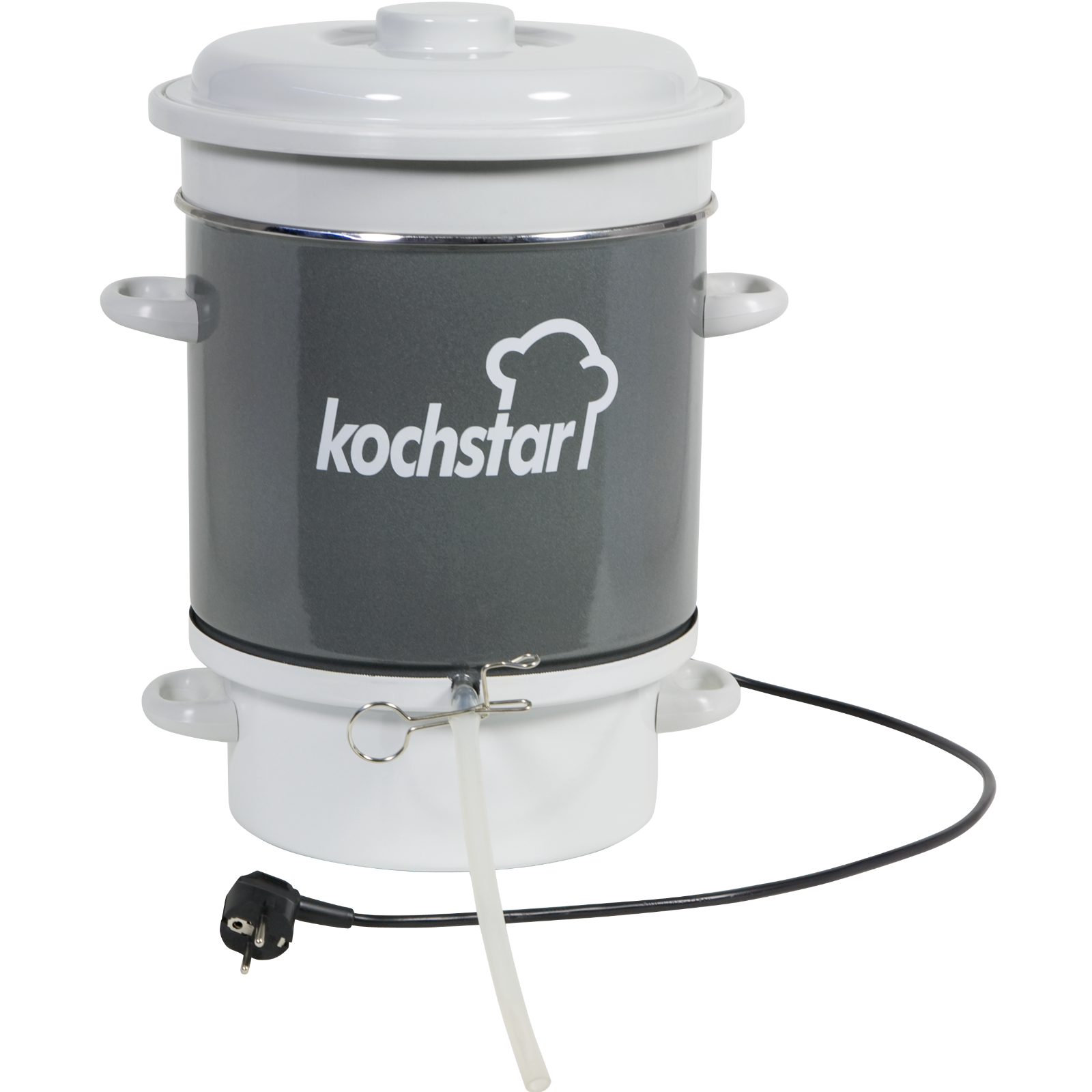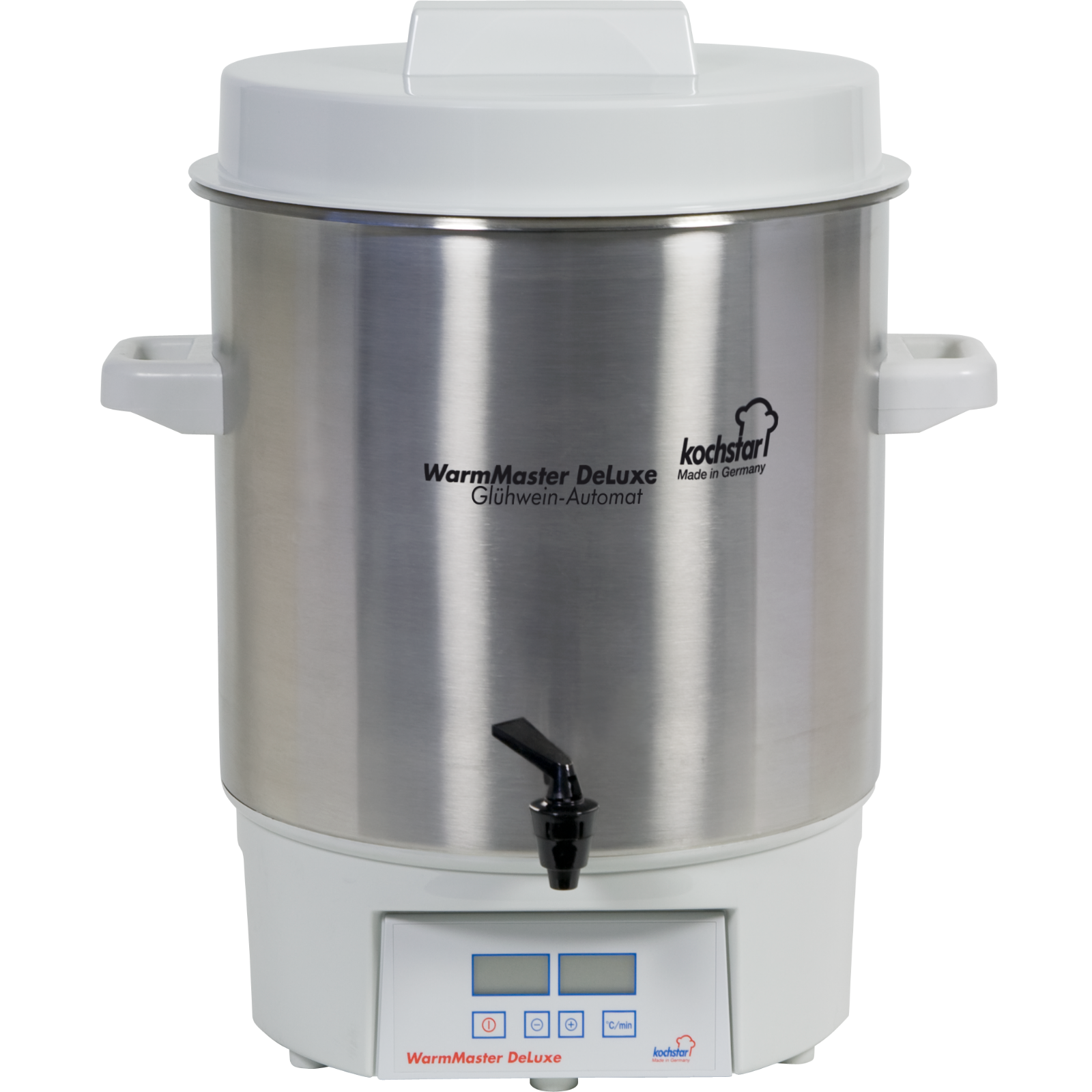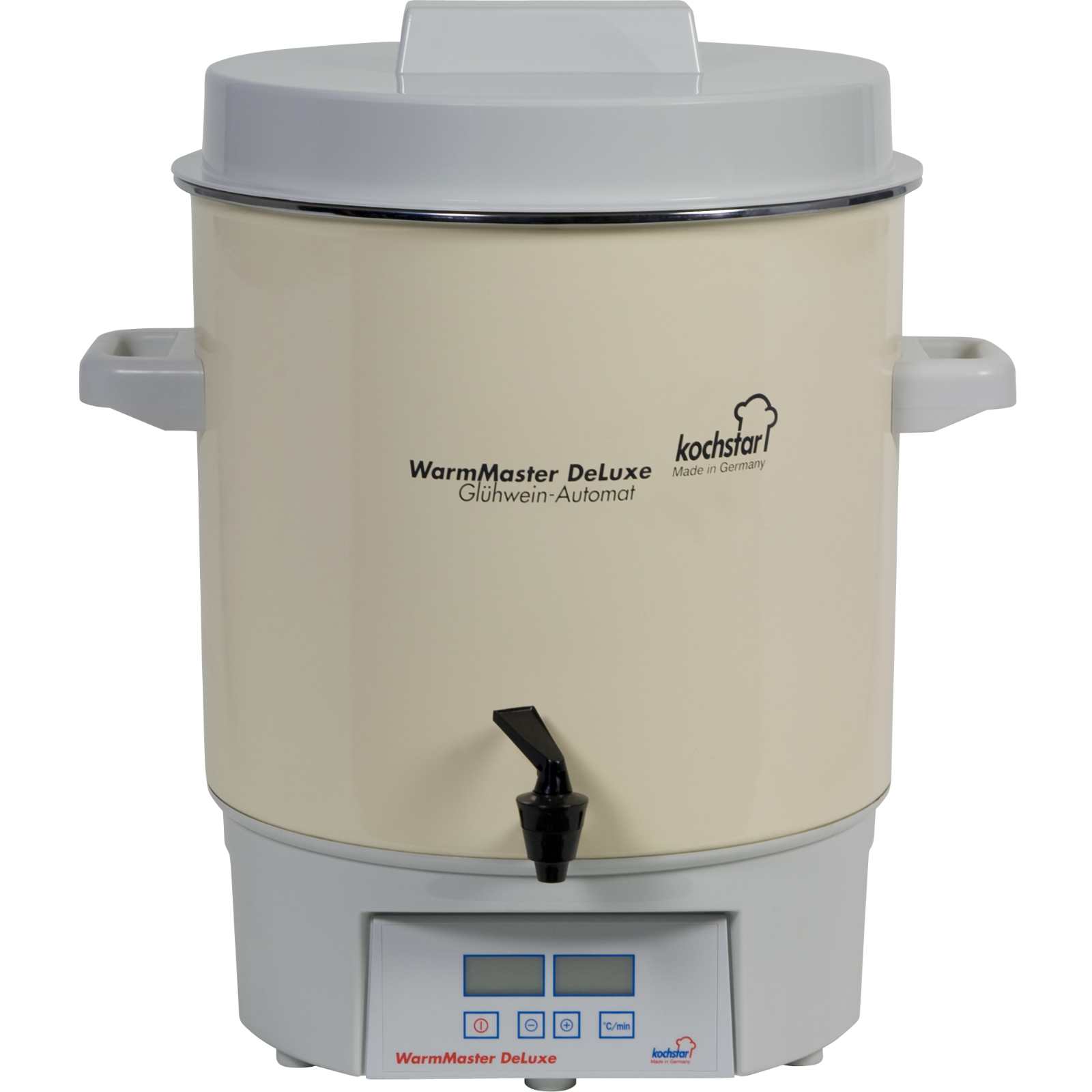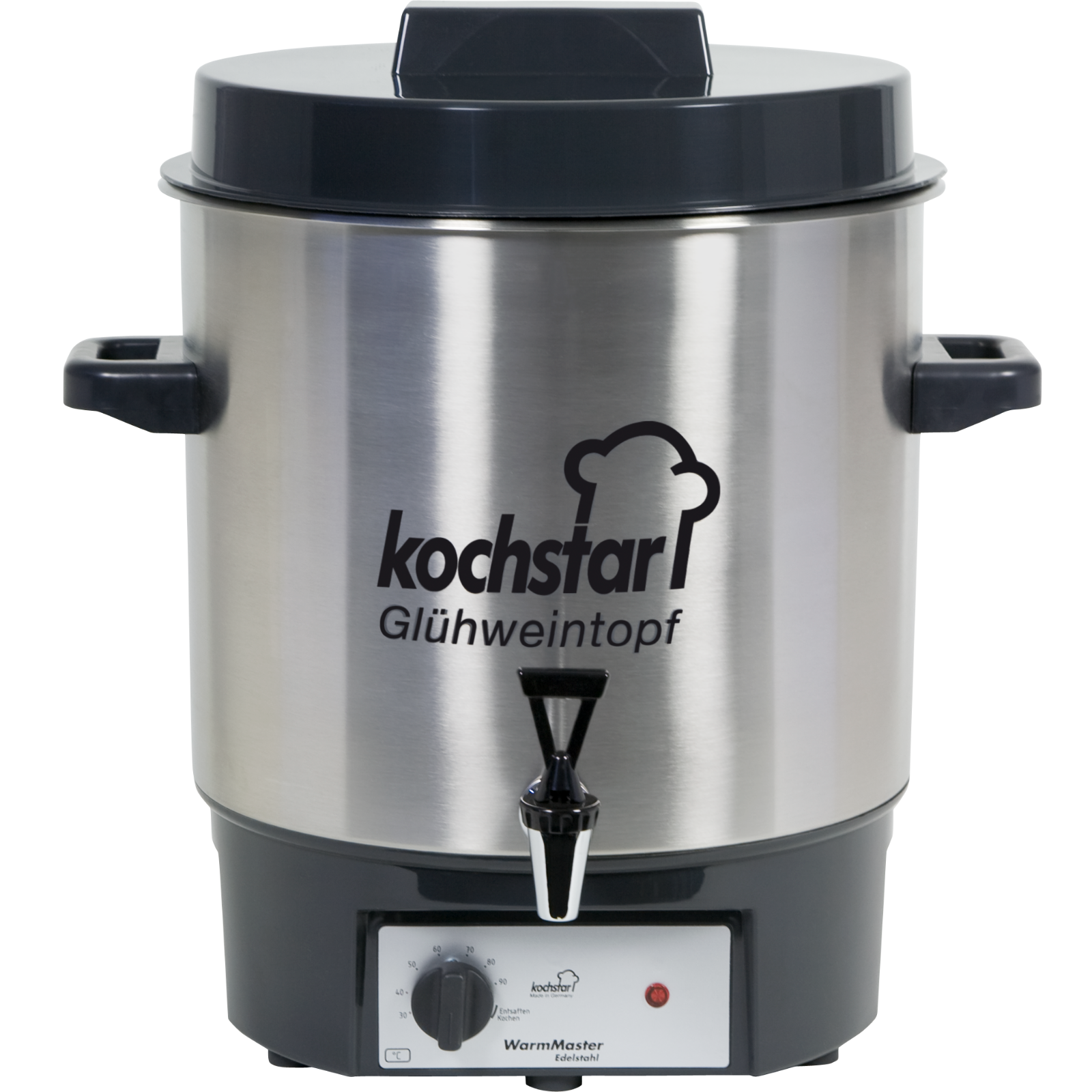22/01/2024
Preserve
Preserve something is a traditional method of food preservation that allows seasonal fruits and vegetables to be preserved for extended periods. During canning, food is placed in clean jars and then heated to kill the microorganisms that can cause spoilage. This process creates a vacuum inside the jar, preventing air and bacteria from entering, thus extending the shelf life of the food.
Preserved foods can be used in a variety of ways, including jam, chutney, pickled vegetables, or even meat and fish dishes. This preservation method allows you to preserve the flavors and nutrients of the food, allowing you to enjoy fresh and tasty ingredients even when they're out of season.
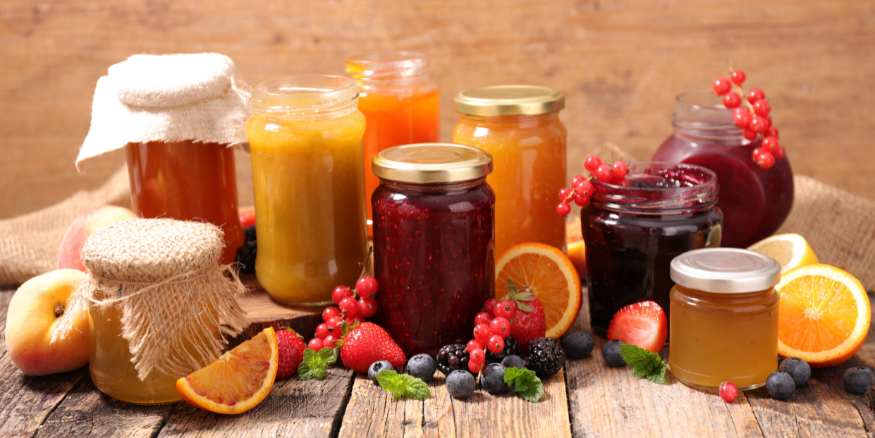
Difference between canning and preserving
The terms "canning" and "preserving" are often used synonymously, but there are some subtle differences between the two terms.
- Preserving generally refers to the preservation of food by heating it in jars or cans to make it last longer. This process involves filling clean jars with food, sealing the jars, and then heating the jars to sterilize the food and prevent the growth of microorganisms. The result is an airtight jar that preserves food for an extended period of time.
- Canning, on the other hand, is a broader term that encompasses various methods of food preservation, including boiling. Preserving can also include soaking food in vinegar (as with pickled vegetables) or brine (as with sauerkraut). In addition, preserving can also include canning or freezing food.
Preparing the glasses
- Cleanliness: Make sure that all utensils, work surfaces and hands are thoroughly cleaned before you start preparing the food. This helps to reduce the risk of food contamination.
- Food selection: Use fresh, high-quality ingredients for canning. Remove any damaged or rotten areas and cut the food into even pieces to ensure even preservation.
- Prepare the preserving jars: Rinse the preserving jars thoroughly and sterilize them by heating them in boiling water or in the oven. Make sure that the jars and lids are clean and dry before you fill them with food.
- Filling the jars: Fill the prepared preserving jars with the prepared food, making sure to leave enough space at the top of the jar to allow for proper sealing.
- Closing the jars: Close the jars with the appropriate lids and make sure that they are tightly closed to prevent air and bacteria from entering.
Features for suitable glasses
Special preserving jars are required for preserving food, which are usually heat-resistant and can be sealed airtight. Here are some important features that characterize the best jars for preserving:
- Heat resistance: Preserving jars must be able to withstand the temperatures reached when preserving. They should therefore be made of robust glass that can withstand the thermal stress without breaking or splintering.
- Airtight seal: Preserving jars must be fitted with an airtight seal to prevent the ingress of air and bacteria. This can be achieved using special preserving lids with a rubber ring or screw lids with a seal.
- Shape and size: The shape and size of the jars should be well suited to the type of food to be preserved. Jars with a wide opening are suitable for liquid foods such as soups or sauces, while jars with a narrower opening are suitable for solid foods such as pickled vegetables or jam.
- Reusability: Reusable preserving jars are a sustainable choice and can be used again and again for preserving food.
- Scaling: Preserving jars with a scale on the side can help to fill the right amount of food and control portion sizes.
When buying preserving jars, it is important to pay attention to the quality and durability of the jars to ensure that they meet the requirements of preserving.
How do you sterilize the jars correctly?
Sterilizing canning jars is an important step to ensure that the canned food is free of microorganisms and can be stored safely. It is important that the jars and lids are completely cooled and dry before filling with food to ensure a proper seal.
The jars, lids and seals can be sterilized in a large pot of boiling water for about 10 minutes. Make sure the jars are completely covered with water and use tongs to remove them and drain on a clean towel.
Preserving jars can also be sterilized in the oven. Place the clean jars and lids on a baking tray and heat them at 120°C for about 10 minutes. Make sure that the jars and lids are dry and clean before you use them.
What methods are there for preserving?
There are several methods for preserving food, all of which aim to extend the shelf life of food and preserve the flavors and nutrients. Here are some common methods of preserving:
Preserving in the cooking pot
Place the prepared jars in a large pot and fill the pot with enough water to cover the jars. Bring the water to the boil and leave the jars in the boiling water for the recommended time.
Preserving in the oven
When preserving in the oven, place the jars on a roasting tray or on a deep baking tray so that the jars do not touch each other. Then add 2 cm of water and set the temperature to 180°C top and bottom heat. As soon as air bubbles appear in the jars, the cooking time begins. Leave the jars in the oven for the recommended time.
Preserving in the preserving machine
The preserving machine only needs to be filled and the rest takes care of itself. You can find out how to set it up correctly in the instructions supplied. It has the advantage that it keeps the temperature even and can heat the food to a high temperature.
Cooking in a steamer
The steamer is well suited for preserving larger quantities or if you do it more often. Place the prepared jars in the steamer and heat them according to the instructions for the recipe in question. The exact temperature and duration of the steaming process depends on the type of food and the recipe.
What temperature for boiling down?
The exact temperature for boiling down depends on the type of food and the duration of the boiling down process. In general, a temperature of around 100°C is reached during boiling, as this is the boiling point of water. This temperature is sufficient to sterilize the food and prevent the growth of microorganisms.
It is important to follow the precise instructions and recommendations for preserving food to ensure that the correct temperature and duration of the preserving process are maintained. This is crucial to ensure the quality and shelf life of the preserved food
When can you no longer consume preserves?
- If the lid does not pop when opened/screwed on.
- When the “pop lid” bulges outwards instead of inwards.
- When small bubbles rise in the glass.
- If the glasses are damaged.

